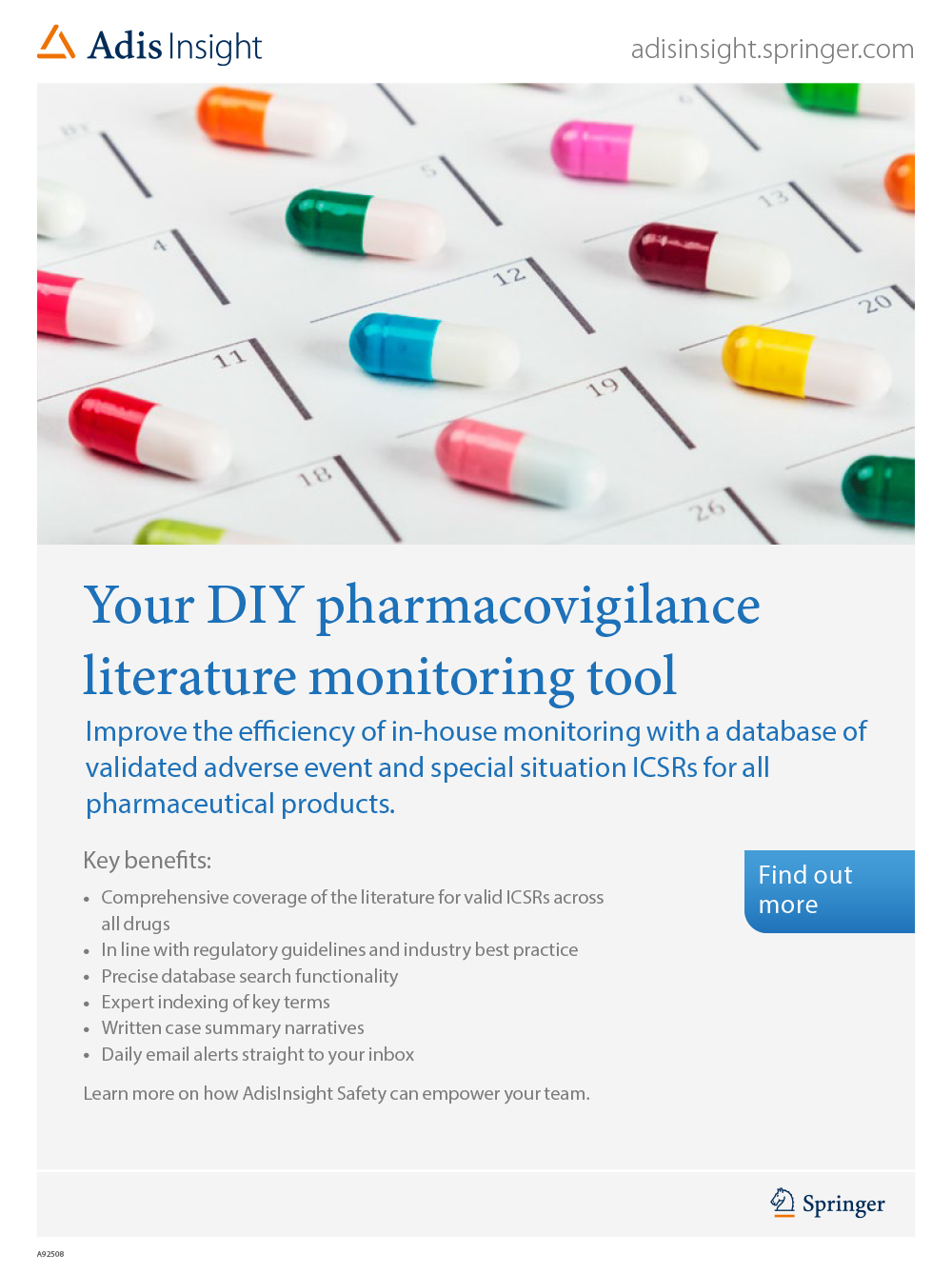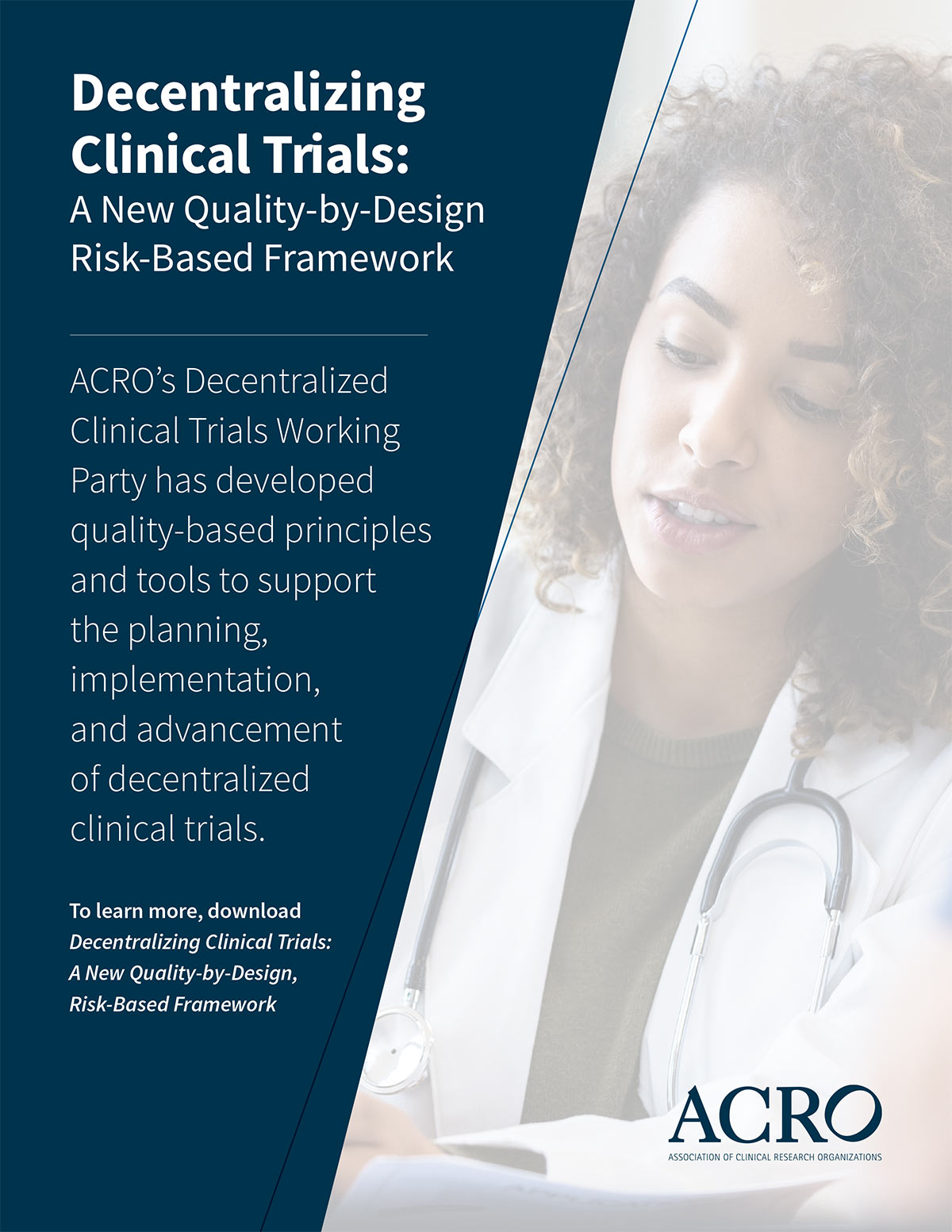Table of Contents
EXECUTIVE LEADERSHIP
Subscribe
Love Global Forum‘s new online format? Subscribe today and never miss an issue.
Editorial Board
Content stream editors
Gary Kelloff US National Institutes of Health
David Parkinson ESSA Pharma, Inc.
regulatory science
Yoshiaki Uyama Pharmaceuticals and Medical Devices Agency (PMDA)
Adora Ndu BioMarin Pharmaceutical, Inc.
Patient engagement
Deborah Collyar Patient Advocates In Research (PAIR)
Lode Dewulf Servier
VALUE AND ACCESS
Monika Schneider Shionogi
Editorial Staff
Alberto Grignolo, Editor-in-Chief Parexel International
Ranjini Prithviraj, Global Associate Director, Content Collaboration DIA Scientific Communications
Sandra Blumenrath, Science Writer DIA Scientific Communications
Chris M. Slawecki, Senior Digital Copyeditor DIA Scientific Communications
Regional Editors
David Mukanga Bill and Melinda Gates Foundation
ASEAN
Silke Vogel Duke-National University of Singapore Medical School
AUSTRALIA/NEW ZEALAND
Richard Day University of New South Wales, Medicine, St. Vincent’s Hospital
CANADA
Judith Glennie JL Glennie Consulting, Inc.
Megan Bettle Health Canada
CHINA
Ling Su Shenyang Pharmaceutical University, Lilly Asia Ventures
Europe
Thomas Kühler Sanofi R&D
INDIA
J. Vijay Venkatraman Oviya MedSafe
JAPAN
Akiko Ikeda Janssen Pharmaceutical K.K.
LATIN AMERICA
Cammilla Gomes Roche
MIDDLE EAST
Inas Chehimi Novartis
USA
Ebony Dashiell-Aje BioMarin
Young Professionals Editor
DIA Membership
Bringing together stakeholders for the betterment of global health care.
Antibody-Drug Conjugates: Simple Idea, Complicated Matter
US FDA
ntibody-drug conjugates (ADCs) are a class of pharmaceuticals that consist of small molecule drugs (also known as payloads) covalently attached to an antibody via a linker (1,2). While the majority of these products are in oncology, occasionally they are used in non-oncology indications, such as in rheumatoid arthritis (3) and infectious diseases (4). This review will discuss the use of the current generation of ADCs in oncology (i.e., ADCs that contain cytotoxic payloads) and excludes any discussion on conjugated products containing toxins, such as moxetumomab pasudotox (5). Additional information is available in ICH S9 Guidance and ICH S9 Questions and Answers for nonclinical development of ADCs in oncology (6,7) and in ICH S6 Guidance for nonclinical development of biotechnology-derived products (8).
Opportunity in a Crisis: Demographic Inclusion in Clinical Trials
The Challenge of Health Disparities and Clinical Trial Participation
PPD Consulting
he race is on—at what is called Warp Speed—to drive urgently needed innovation in addressing the worst crisis in public health of our generation. The coronavirus pandemic has also shined a harsh light on the impact of underlying health disparities. The summer of 2020 highlighted a growing body of public health data demonstrating stark disparities in deaths due to COVID-19 in African Americans and Hispanics. The social determinants of health are clearly a factor: high-density urban environments, poverty, jobs that do not allow working from home, and lack of access to PPE (Personal Protective Equipment). But underlying health conditions, co-morbidities of underlying chronic diseases well known as health disparities, have also been identified as major contributing factors.
Eli Lilly & Company
lzheimer’s disease (AD) is a relentless, fatal disease creating a health crisis for patients, families, and nations worldwide. And while it is not ebola or coronavirus in its speed, rest assured, it is deadly. As our global population ages, this disease, which is crippling families today, will crush our national economies and handicap our global workforce in ways that are immeasurable. With an estimated 44 million people living with dementia worldwide, this is a truly global crisis. However, while solutions must cut across sectors and nations, due to the variability of healthcare systems, solution implementation and policy recommendations will need to be locally understood and supported.
![]() Podcasts
Podcasts
Anna Rose Welch
White Paper
White Paper
![]() DIA DIRECT: COVID-19 Webinars
DIA DIRECT: COVID-19 Webinars
As a response to the current pandemic, and with the support of the DIA Knowledge Brigade, we have brought together experts from across the global healthcare product development continuum for an ongoing series of live, virtual panel discussions on how we continue to work towards our shared mission of accelerating therapies to patients, during the coronavirus crisis. Watch Toward Greater Diversity and Inclusion in COVID-19 Clinical Trials below now.
For other webinars in this DIA DIRECT COVID-19 Webinar Series, please visit our COVID-19 Resource Center.
Around the Globe
ustralia’s Deputy Secretary for Health Products Regulation in the Department of Health John Skerritt has noted that in addition to managing significant increases in submissions of COVID-19 tests, disinfectants and personal protective equipment, and discussions with companies and researchers around potential and accelerated regulatory submissions for COVID-19 vaccines, the Therapeutic Goods Administration (TGA) has had a very busy time since the COVID-19 pandemic landed on our shores. These initiatives include managing the surge in medicines shortages since the COVID-19 crisis and continued reform in the product information, linked to the consumer medicines information, provided for over-the-counter medicines.
Around the Globe
Pathway to Patient Access to CAR-T Therapies in Canada
he first two chimeric antigen receptor T-cell (CAR-T) therapies were approved for the Canadian market in September 2018 (Kymriah) and February 2019 (Yescarta). They represent a unique approach to treatment that challenged Canada’s standard health technology assessment (HTA) and reimbursement pathways. The innovation they represent demanded reciprocal innovation in how these products were evaluated by HTA bodies and managed by payers.
Around the Globe
NMPA Moves ICH E2 Forward in China
Key Points of the “Good Safety Information Evaluation and Management Practice during Drug Clinical Trials”
DeltaMed
ver the past two years, the Chinese National Medical Products Administration (NMPA) has aggressively implemented a series of ICH E2 guidances. On July 1, 2020, the Center for Drug Evaluation (CDE) of NMPA issued the “Good Safety Information Evaluation and Management Practice during Drug Clinical Trials” (hereinafter referred to as “Practice”); it was effective immediately on a trial basis.
Around the Globe
Institute of Clinical and Health Effectiveness, Argentina
Roche
Economist Intelligence Unit
Ex Health Minister, Colombia
President, Brazilian Society of Medical Oncology
ealthcare systems are under intense strain due to aging populations, increased prevalence of chronic diseases, and resource constraints. At this same time, the convergence of medical knowledge, technology and data science brings the potential to revolutionize healthcare. The delivery of care is shifting from the “one-size-fits-all” approach to the application of the right treatment for the right patient at the right time—so-called “Personalized Healthcare.”
In their report “Personalized Healthcare in Latin America: Universalising the Promise of Innovation,” the Economist Intelligence Unit describes the current state, barriers, enablers, and opportunity areas of personalized healthcare across nine countries: Argentina, Brazil, Chile, Colombia, Costa Rica, Ecuador, Mexico, Peru, and Uruguay. To fulfill the potential of personalized healthcare—better patient outcomes with more efficient delivery of care—healthcare systems must evolve in these countries, and the scale of change is significant. It will require strong collaboration among different stakeholders and an integrated approach that interconnects fundamental building blocks to create an ecosystem in which care is tailored to individual needs. The EIU report sets a call to action to policy makers. But is Latin America ready for Personalized Healthcare?














